Dear Editor:
Regarding your July 2009 issue about Marshal Philippe Pétain: Most of us subconsciously view the French through British eyes, and the results are often unbalanced even when the facts are accurate. Unlike Colonel De Gaulle, Marshal Pétain remained in France to protect the French people from the Nazis and in this he largely succeeded. But Vichy, although the legal government of France, and the Marshal, its head, were never entirely free agents. They were under the ruthless thumb of the Nazis and, consequently, could not openly support the Allied powers. When one is defeated and largely occupied, one must “collaborate” to even eat. Even our defeated Confederates had to collaborate with the Yankees!
On his own, Pétain kept the Germans out of Spain and most of North Africa and he kept the formidable French fleet out of enemy hands. In November 1942, through his deputy, Admiral Darlan, he brought the French Empire back into the war on the Allied side as he had earlier promised Mr. Churchill.
Pétain did his best to protect the Jews; no French Jews were deported while he was in office, but he had no control outside the small confines of Vichy.
As to the Marshal’s romantic life, I have no reliable information except the fact that many French secularists hated him because he was strongly pro-Catholic and tried to restore morality. In any event, nothing he ever did in his personal life prevented him from saving his country—twice. It is no accident that France emerged from both world wars reasonably strong and intact.
Kenneth B. Lynn
Pompano Beach, Florida
Kyushu Invasion
Dear Editor:
Although I found the entire July 2009 issue to be one of the better that I recall, I read with particular interest the article, “Costly Kyushu Invasion?” My uncle was XO on LST 665 in July 1945 and took pictures of his ship embarking 5th MARDIV LVTs in Hapuna Bay, Hawaii, as rehearsal for the invasion of Kyushu, Japan. That same month he was promoted to CO of LST 704 and was later part of the occupation force in Sasebo, Japan. During that time he took aerial pictures of Nagasaki as well as pictures of the Japanese “super submarines” I-14, I-400, and I-401. He passed away many years ago and I regret that I never had the opportunity to talk about these events. I know he would have found the information in the article to be quite incredible, considering what he was preparing to do.
Norman Marten
Bainbridge Island, Washington
USS Salinas
Dear Editor:
In “Rattlesnakes of the Deep” by Herb Kugel (May 2009 issue), the USS Salinas (AO19) was noted as a U.S. Navy ship torpedoed before we were officially in the war. She was a 1918 vintage tanker good for six knots at 72 turns of her single screw. She was in ballast and the torpedo hit a tank partially filled with ballast water. The torpedo did little damage but ruptured a number of fuel lines. She was dead in the water for 24 hours while the engineers patched together some fuel lines. She then limped into St. Johns Harbor, Newfoundland. They patched her up enough so she could proceed to New York for extensive rebuilding. The Navy awarded five Navy crosses to men in her crew.
I joined the Salinas in New York as assistant communications officer. Tom Heggen was communications officer. He later went on out to the South Pacific where he wrote Mr. Roberts. Several of the characters were obviously based on Salinas people.
Our first trip was as a refueling tanker for the escorts of a 100-ship convoy bound for Casablanca. The trip took 18 days.
I believe the Salinas wound up as a floating storage tank in Tokyo Harbor at the end of the war.
Lt. Harry P. Staton USNR (Ret.)
Lacey, Washington
Wildcat Pilots
Dear Editor:
The excellent “Flying Leathernecks” by Dorr and Borch in your July 2009 issue misspells the names of two of the Wake Island pilots: Dave Kliewer and Herb Freuler.
Kliewer applied to Harvard Medical School from prison in Japan, enrolled after he was freed, and spent his career as an oncologist in Corvallis, Oregon. He died in 2007, last of the Wake Island pilots.
Craig B. Leman
Corvallis, Oregon
Marine Raiders Used Boys
Dear Editor:
The article about the Boys antitank rifle (July 2009 issue) was most interesting. The author failed to mention that the Marine Raiders also used the Boys. Carlson’s Raiders used the Boys during the Makin Island raid in 1942; they shot down two Japanese flying boats. Edson’s Raiders used the Boys during the Tulagi-Guadalcanal landings and battles, August 7-9, 1942, the Battle of Edson’s Ridge, Guadalcanal, September 12-14, 1942.
Dennis Brennan
Lexington, Kentucky
Note: Opinions expressed in “Dispatches” do not represent those of the writers, editors, or staff of WWII History or Sovereign Media.
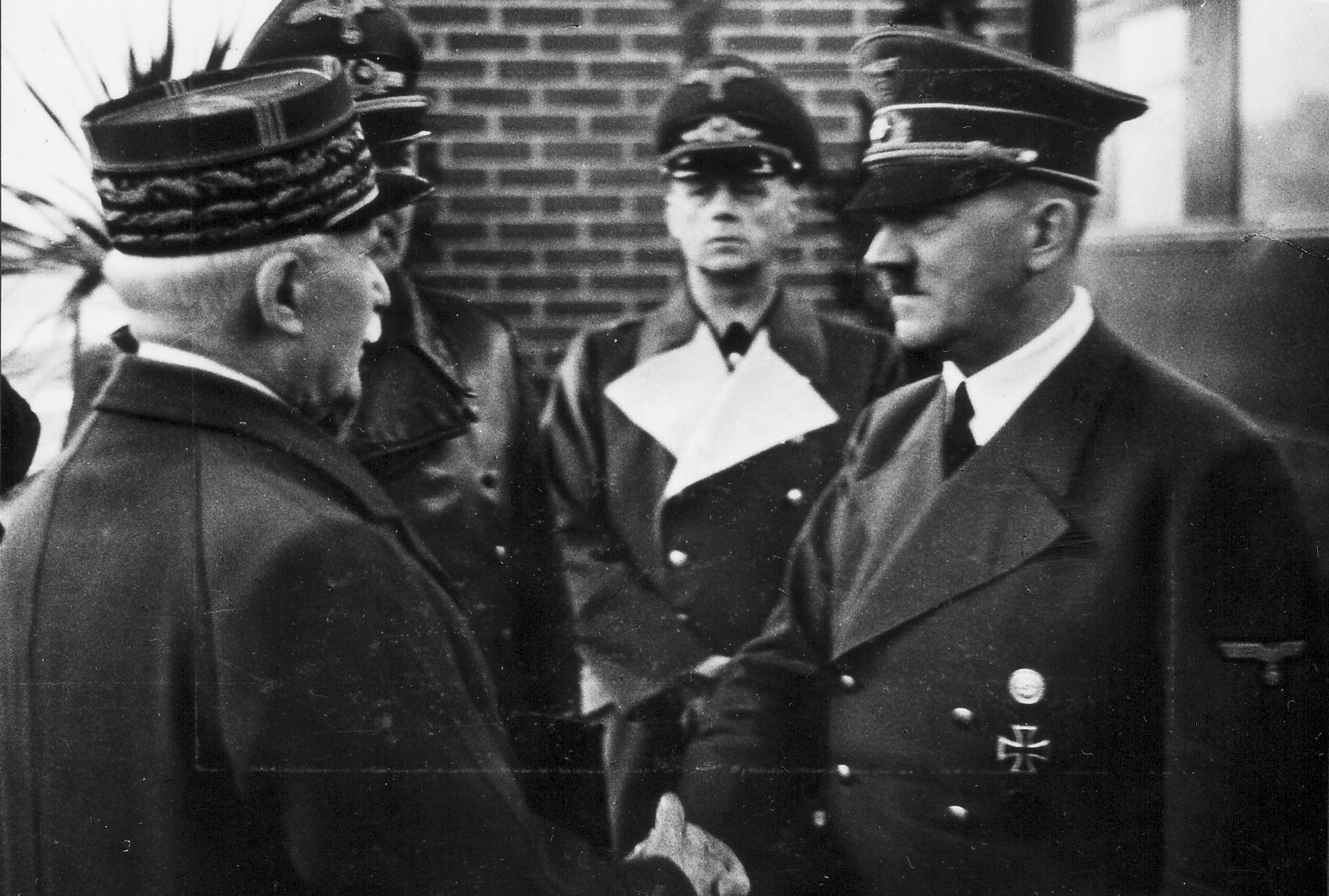
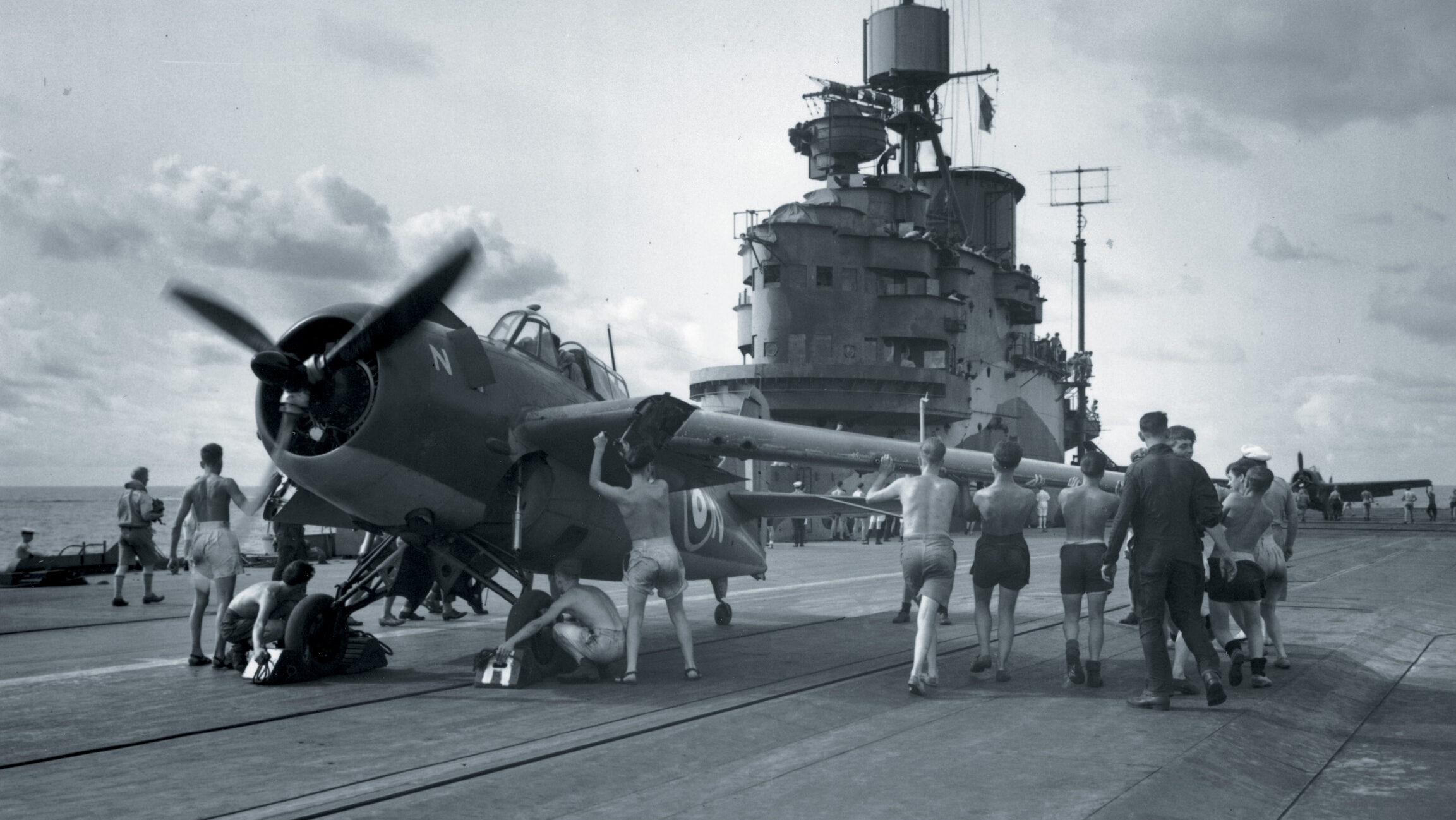
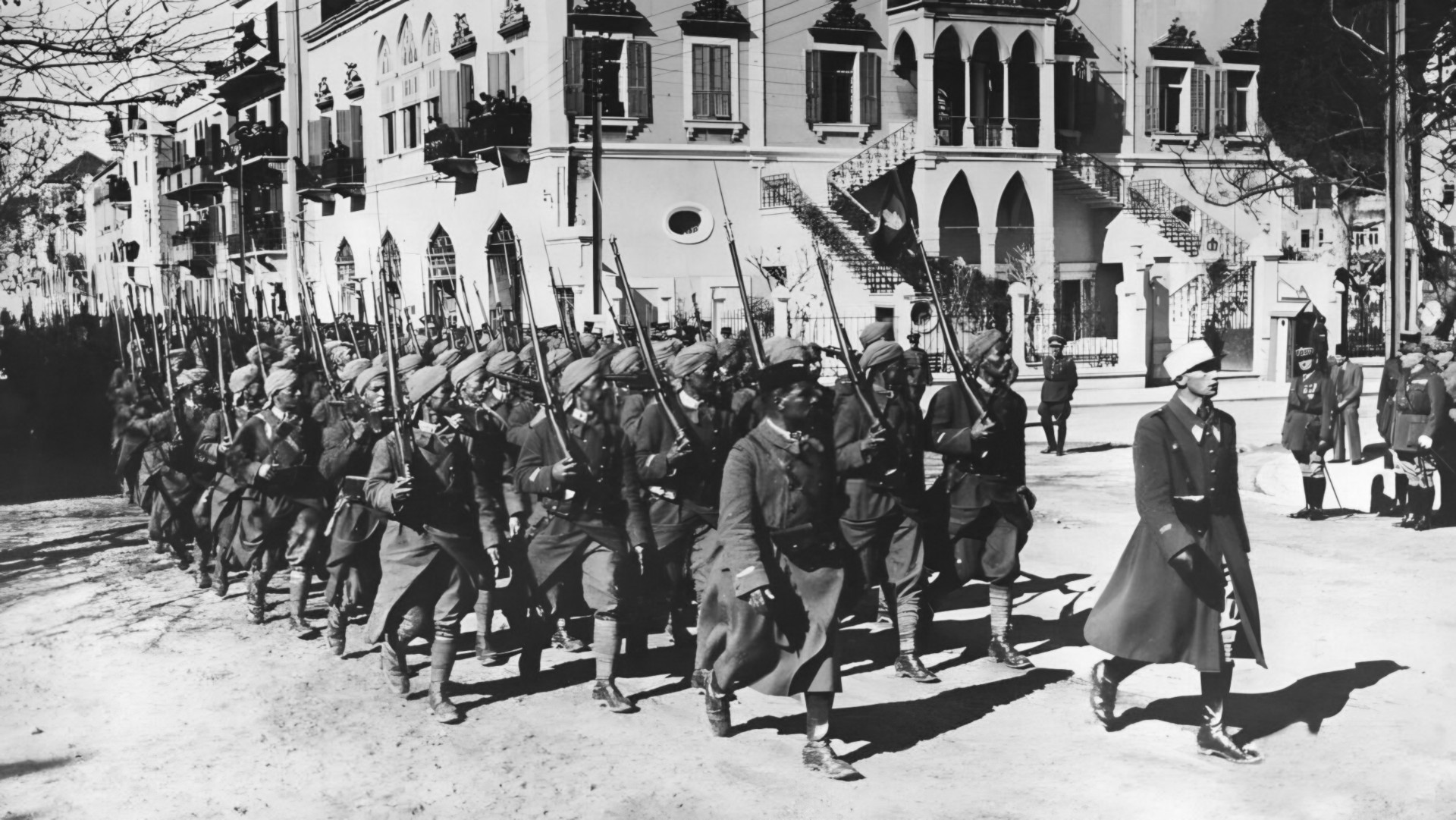
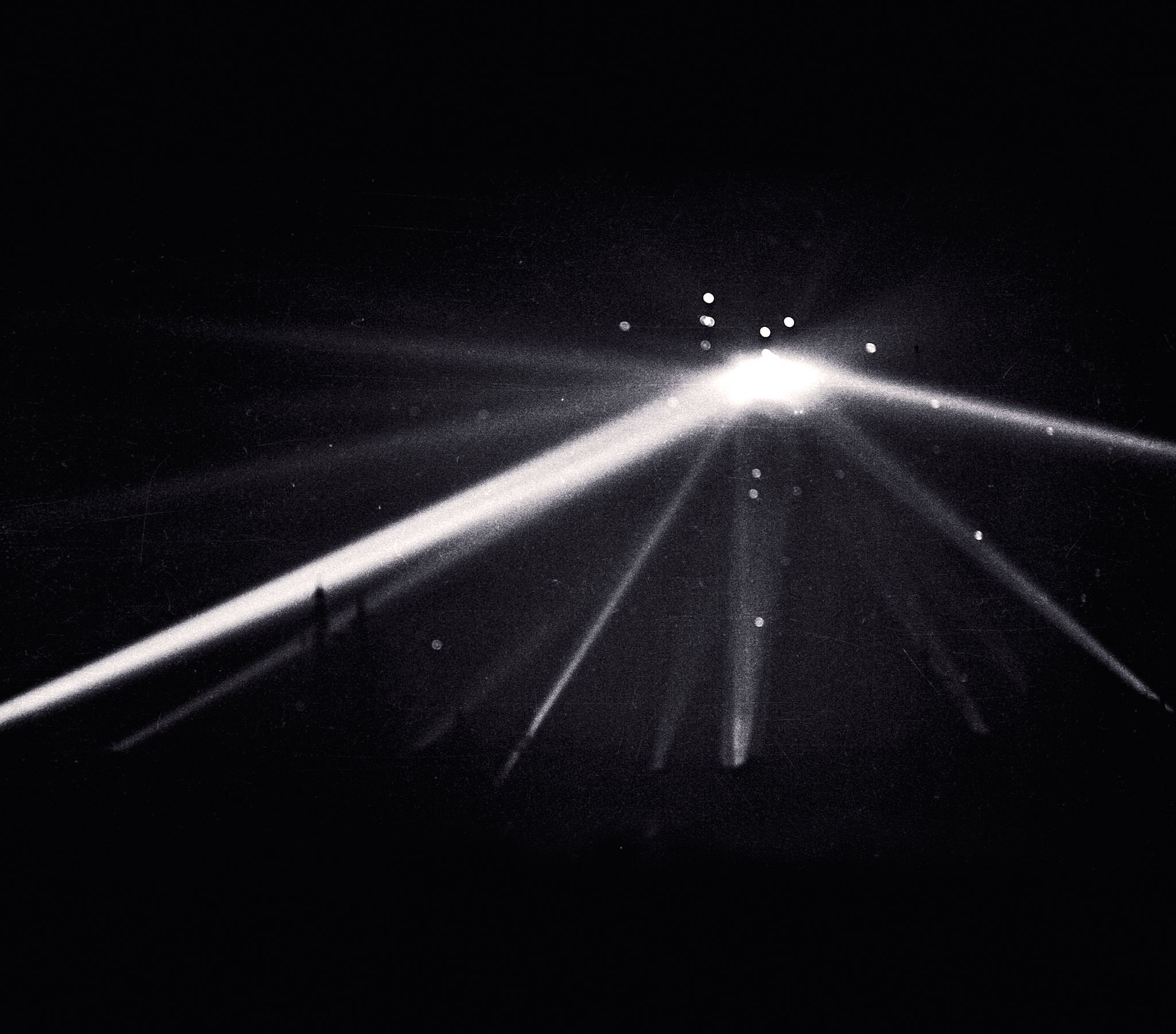
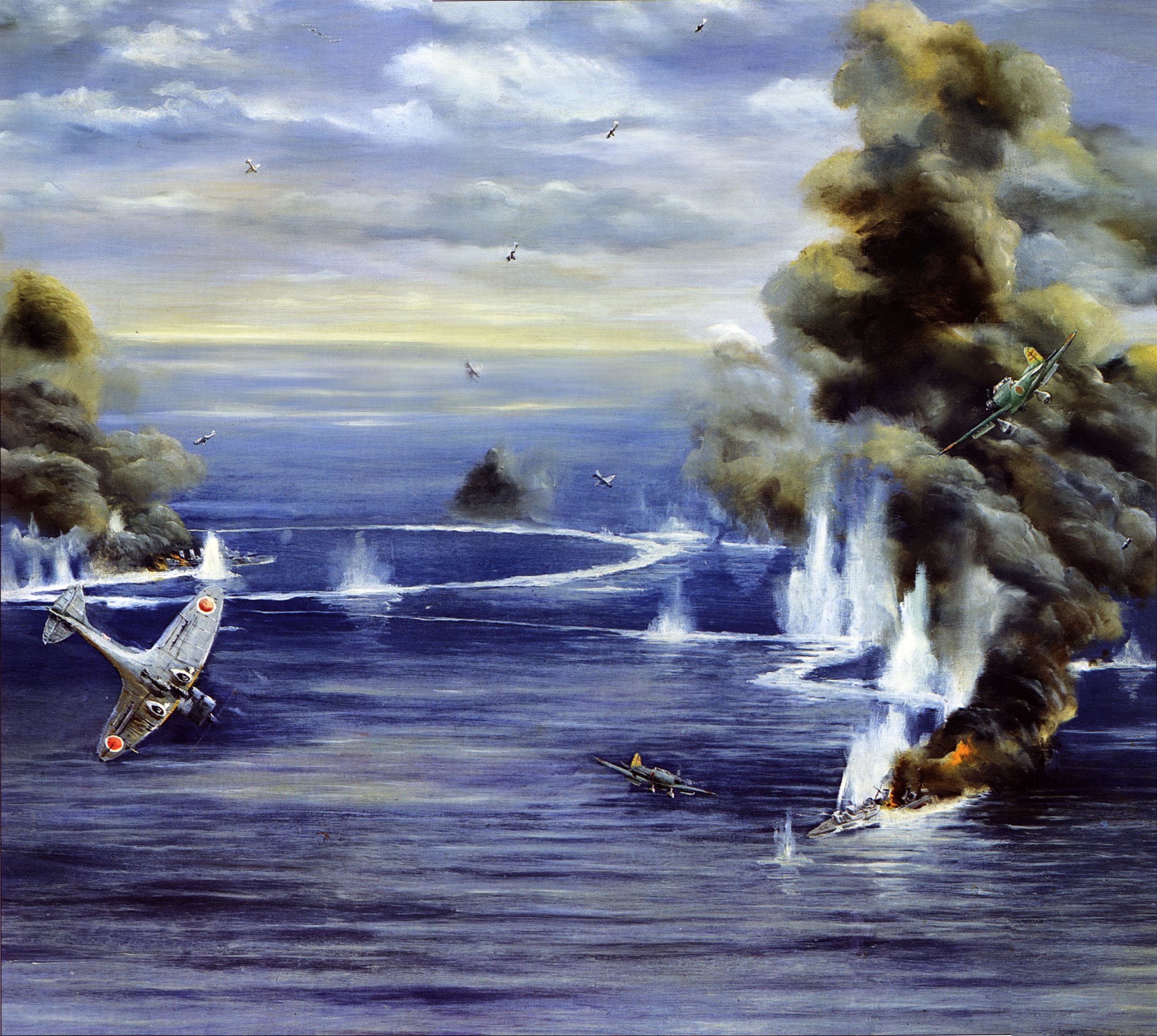
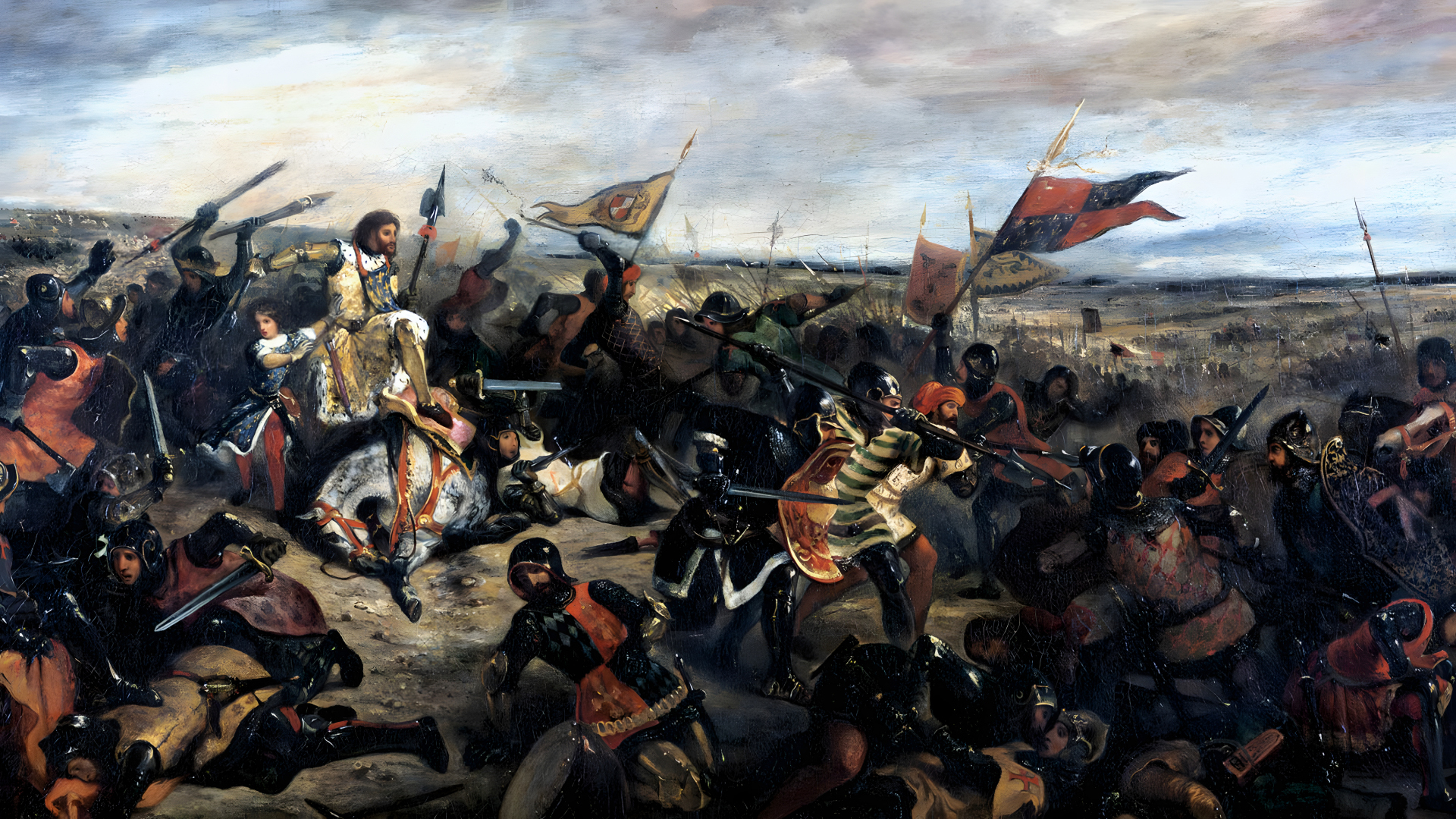
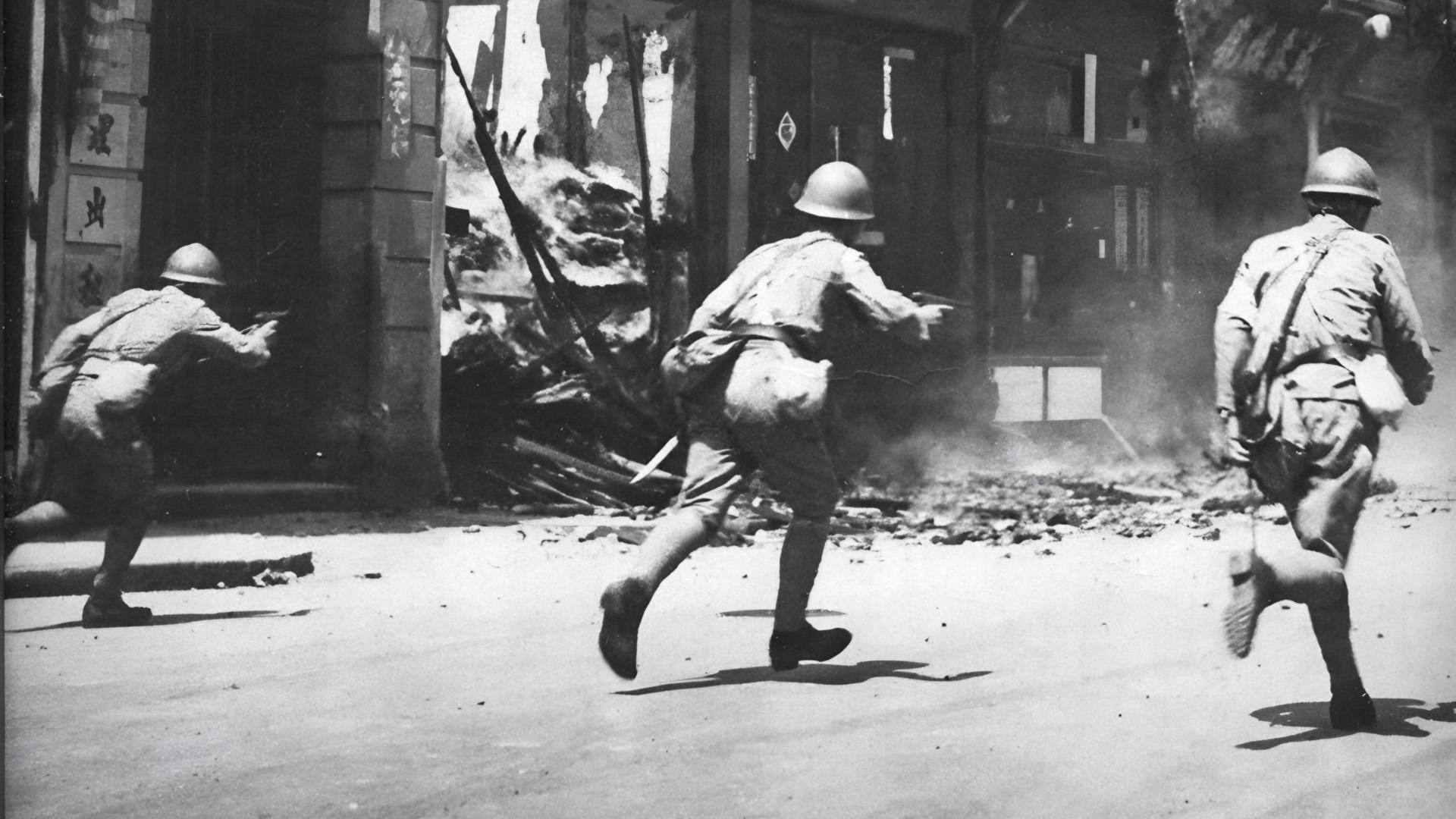
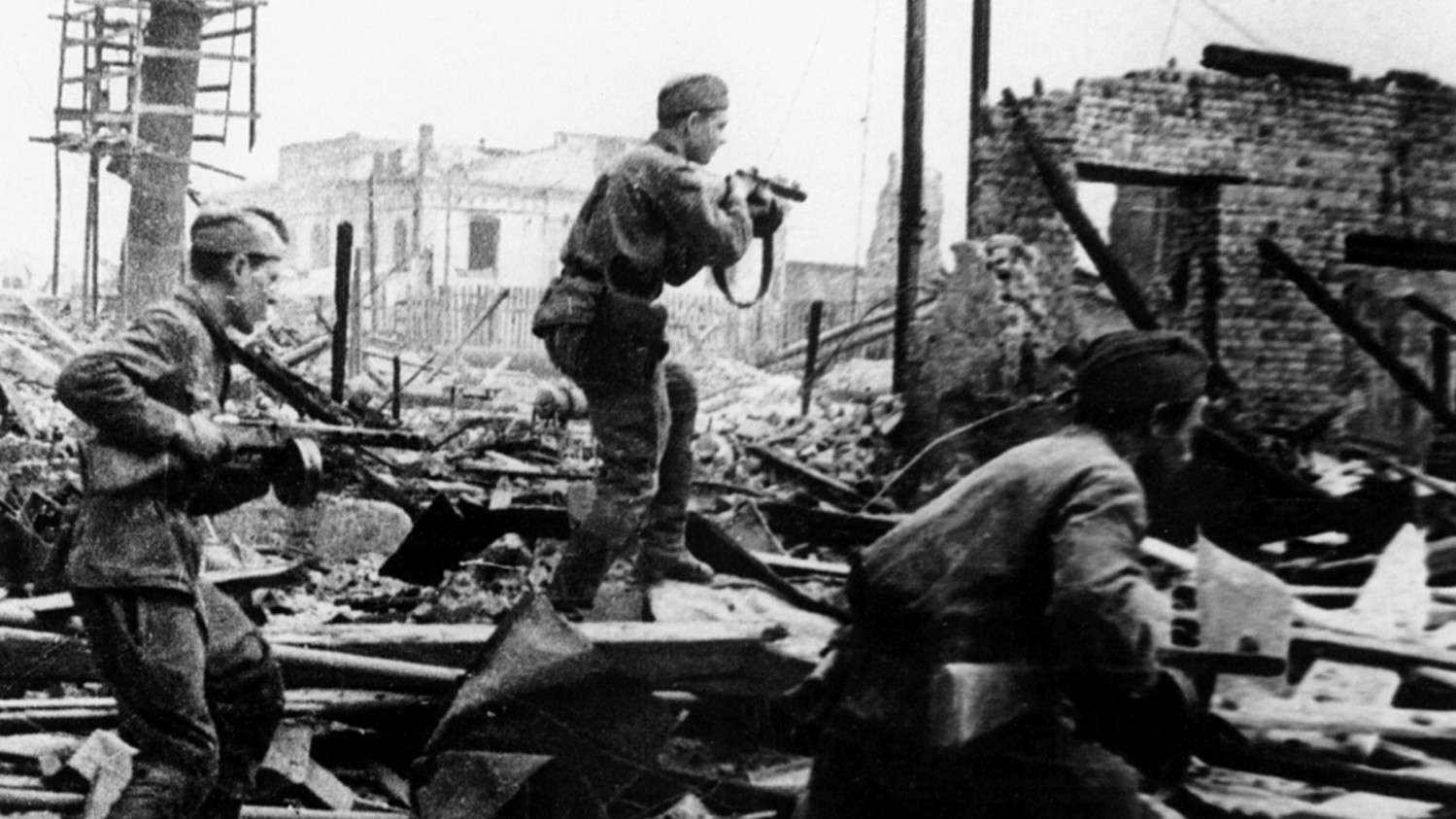
Join The Conversation
Comments
View All Comments